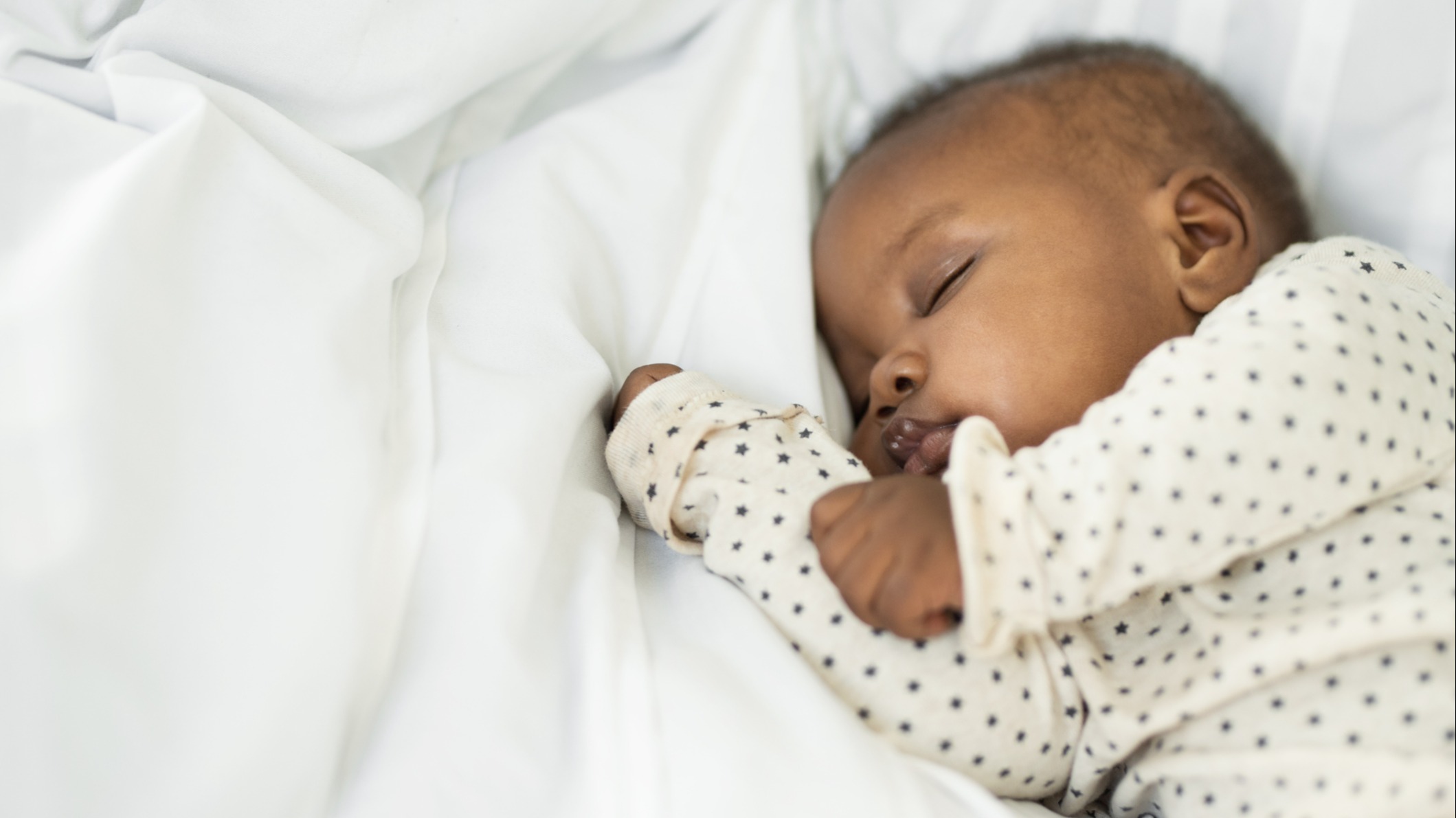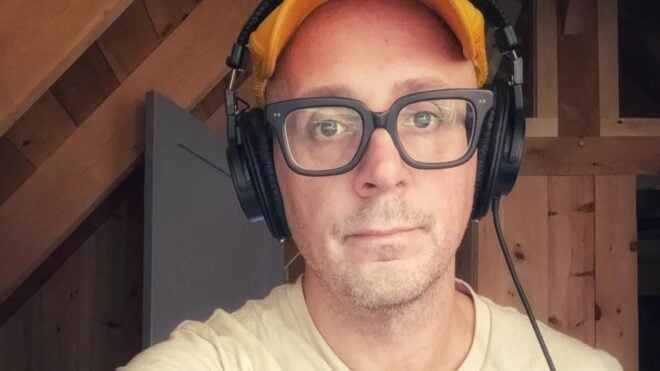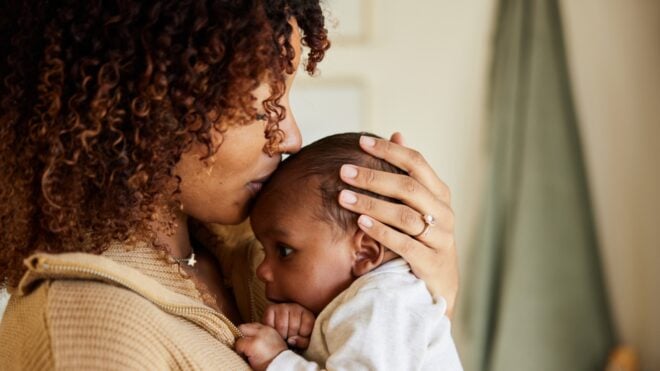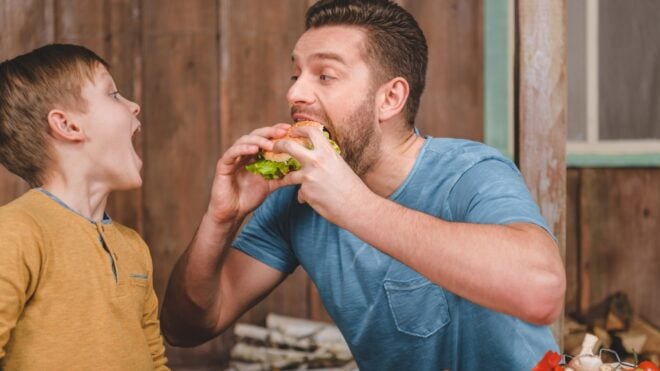
According to the CDC, roughly 3,400 babies die from SIDS-related deaths in the United States each year. Around the world, however, the number climbs even higher. Dr. Carmel Harrington, a mother and sleep expert from Sydney, Australia, has come to know these dismal statistics all too well. In 1991, she lost her own son Damien to the mysterious and fatal condition, and was so devastated by his loss that it changed the entire trajectory of her life's work.
Unable to accept the senselessness of it all, Harrington quit her job as a lawyer and returned to her previous career as a PhD researcher. Over the next three decades, she devoted nearly every waking hour to finding the root cause of SIDS, in hopes that one day, she could save other babies from the same fate Damien met. Now, thanks to her tireless efforts, it appears she may have finally cracked the code after all.
A newly published study led by Harrington is now making headlines worldwide
According to reports, it took place at The Children's Hospital Westmead in Sydney, Australia, and is due to be published in the June 2022 issue of The Lancet. Incredibly, much of the work was made possible thanks to a crowdfunding campaign that raised more than $66,000 for the research.
As a result, Harrington and her team have come to believe that babies who are more at risk of SIDS (aka Sudden Infant Death Syndrome) actually carry several biochemical markers. And get this: Many of these markers can actually be detected while the infants are still alive.
Most notably, Harrington found that a particular enzyme known as BChE — which helps babies who are low on oxygen wake up and cry if they're ever in distress — was significantly lower in those who later died from SIDS.
Make no mistake, this finding is pretty huge
"BChE plays a major role in the brain’s arousal pathway, and researchers believe its deficiency likely indicates an arousal deficit, which reduces an infant’s ability to wake or respond to the external environment, causing vulnerability to SIDS," explained the Sydney Children’s Hospital Network's statement about the study.
"Babies have a very powerful mechanism to let us know when they are not happy,” added Harrington. "Usually, if a baby is confronted with a life-threatening situation, such as difficulty breathing during sleep because they are on their tummies, they will arouse and cry out. What this research shows is that some babies don’t have this same robust arousal response."
To be clear, this is so far considered to be a "link" rather than a direct "cause"
In fact, the study authors underscored this in their summary, and called for more research to be done in the near future.
“This finding represents the possibility for the identification of infants at risk for SIDS infants prior to death and opens new avenues for future research into specific interventions," the authors wrote.
As soon as the news started sweeping Twitter this week, many other doctors and scientists were quick to point this out as well, in light of those who were celebrating the discovery.
Deleted my SIDS article RT because several scientists reached out and said there’s a need for clarification of the study findings, and I don’t want to spread disinformation! In the meantime: here’s a link to the original study, which seems promising: https://t.co/gEhhFsVdlt
— Meg Pillow (@megpillow) May 12, 2022
Since I tweeted this, the QT has been taken down.
Here's the article.
The scientist who did the study calls this a cause and says parents need no longer feel guilt.
The actual study, if you chase it down, denotes a LINK, not a CAUSE, be advised.https://t.co/KuH6mhPRSi https://t.co/XAEOyhyizu
— Sigrid Ellis (@sigridellis) May 12, 2022
That said, the results of the study are still quite promising
For one thing, they're an indicator that we are finally learning more about a condition that has torn families apart and left millions of parents wondering what they did "wrong."
According to Dr. Jessie Christiansen, who tweeted about the study on Thursday, the findings offer millions of grieving parents a comforting reminder they've likely needed to hear for years: It wasn't their fault.
A new study coming out in Lancet next month finds a strong correlation with low levels of an important enzyme that regulates sleep at birth, and subsequent deaths from SIDS.
It wasn't your fault. https://t.co/6YPp7LzF3c
— Dr. Jessie Christiansen (@aussiastronomer) May 12, 2022
For Harrington, it was the uncertainty of it all that drove her to act
While she knew that her son's death wasn't her fault, the lack of explanation for why her otherwise healthy baby boy was suddenly gone forced her to find her own answers.
"Nobody could tell me [why it happened],” Harrington said during a recent interview with the Australian Broadcasting Corporation (ABC). “They just said it's a tragedy. But it was a tragedy that didn't sit well with my scientific brain."
Now, just as Harrington and her team are calling for more research to be done on the BHcE connection, they are also calling for solutions. For example, one possible preventive measure would be the development of screening tests, which could help identify babies who are at risk for SIDS before it takes their lives.
“This discovery changes the narrative around SIDS and is the start of a very exciting journey ahead,” Harrington said this week. “We are going to be able to work with babies while they are living and make sure they keep living."




